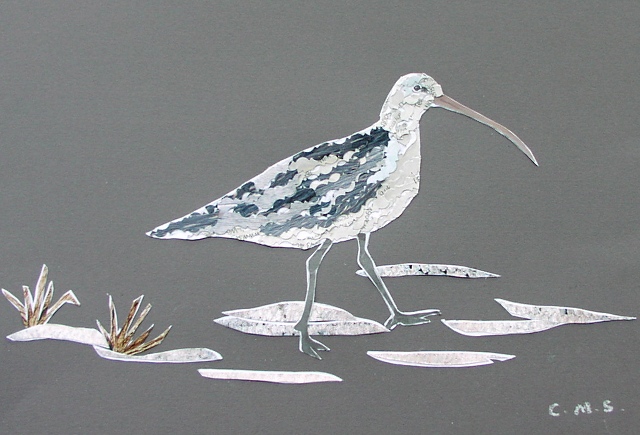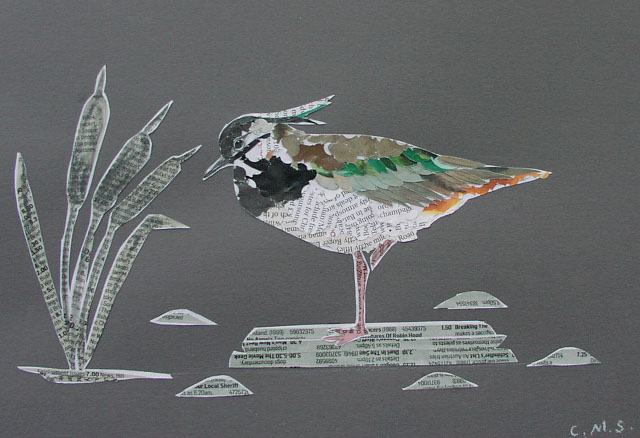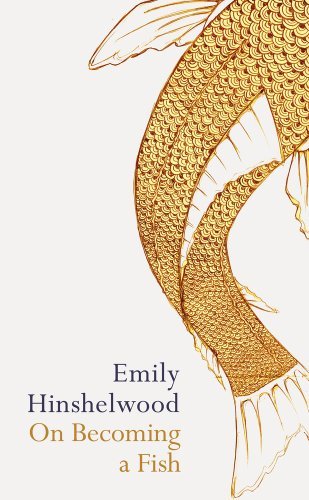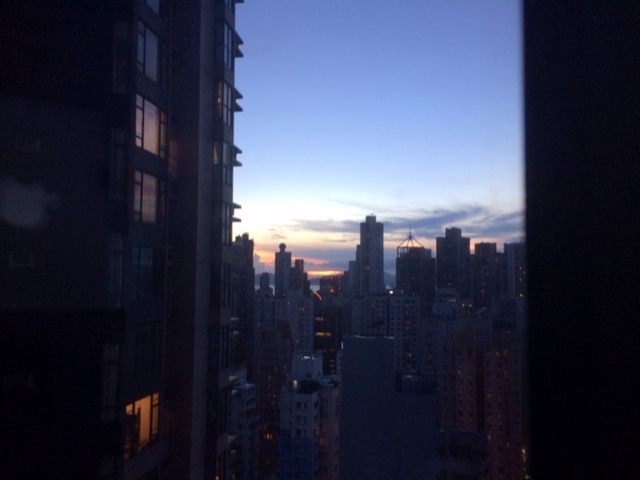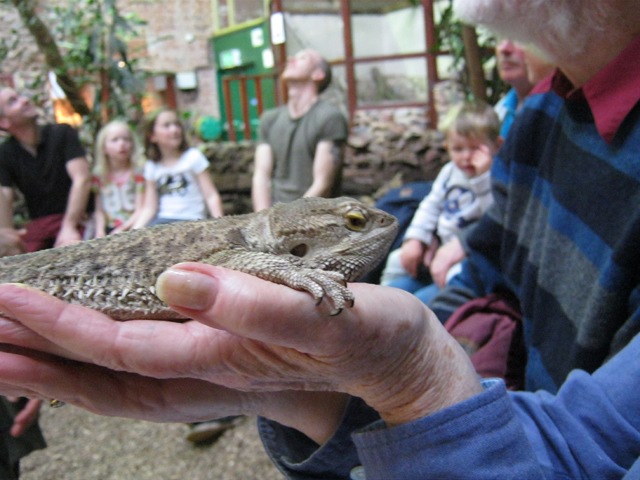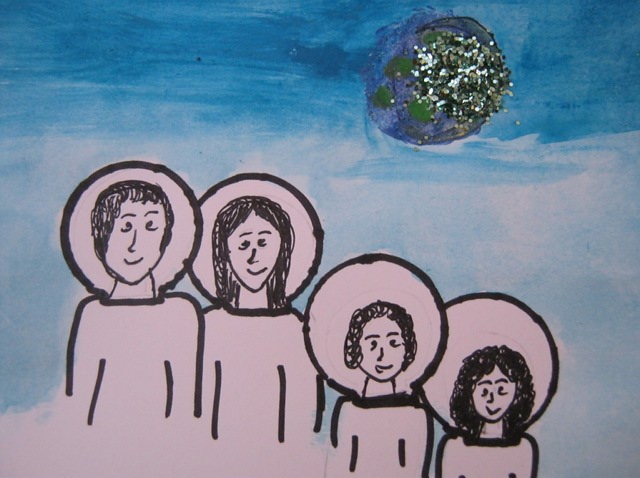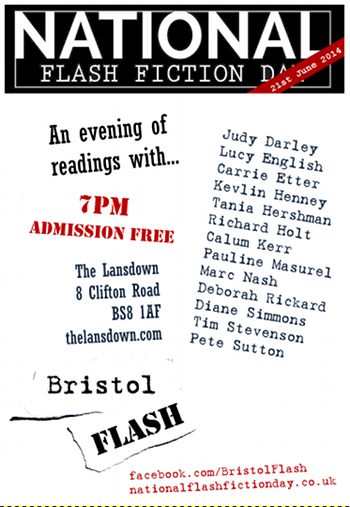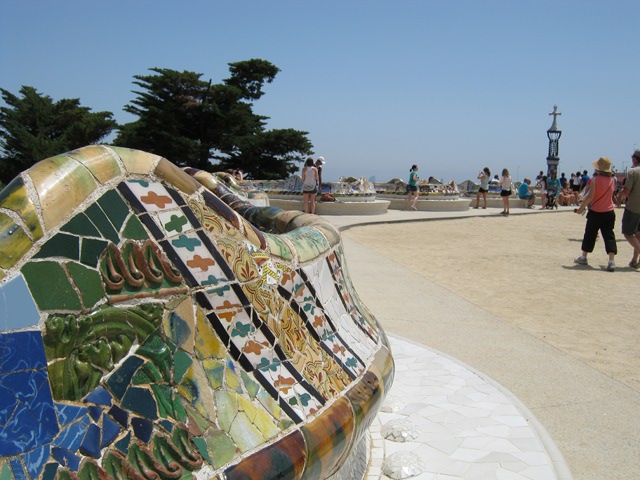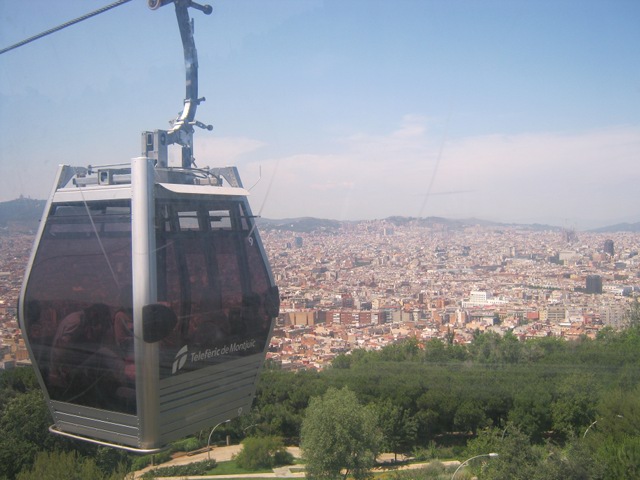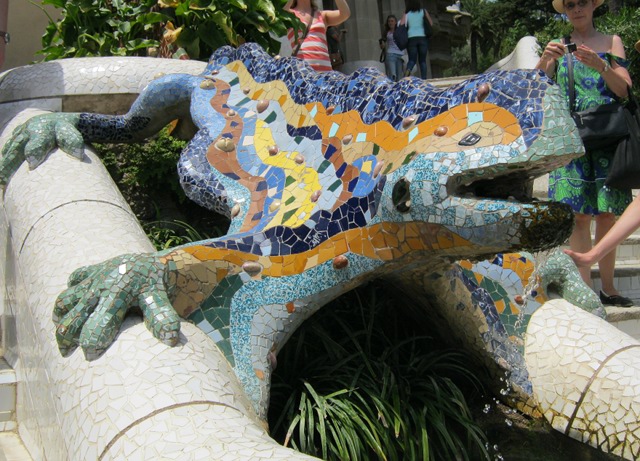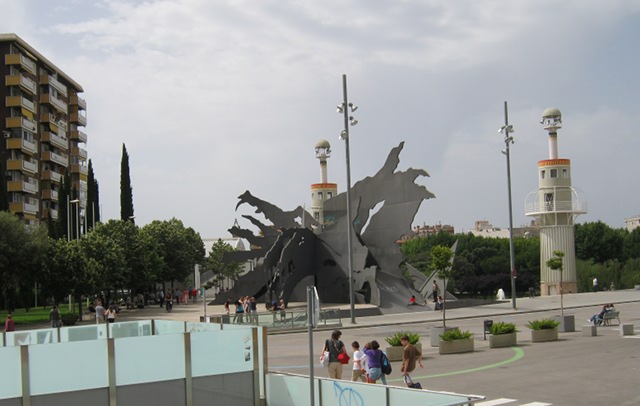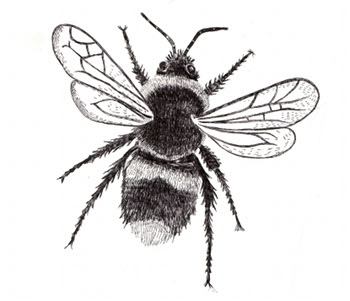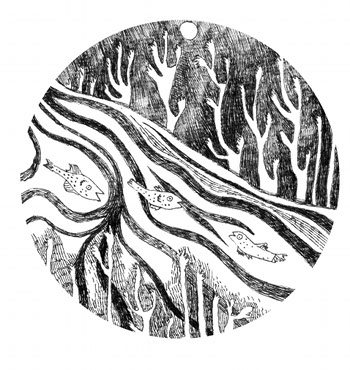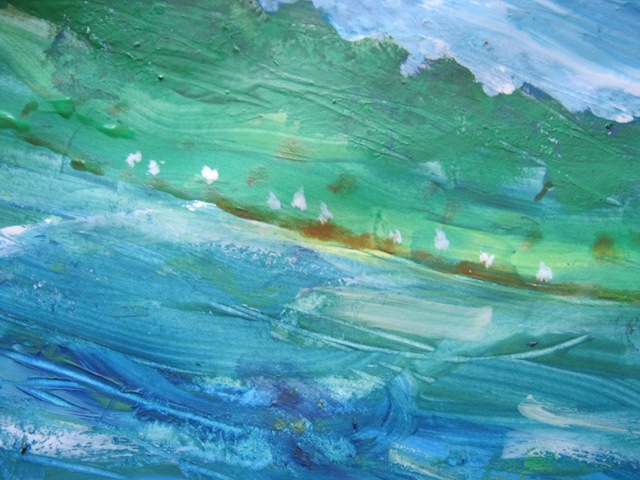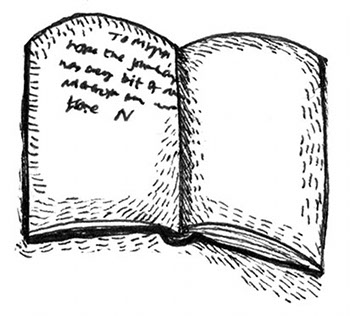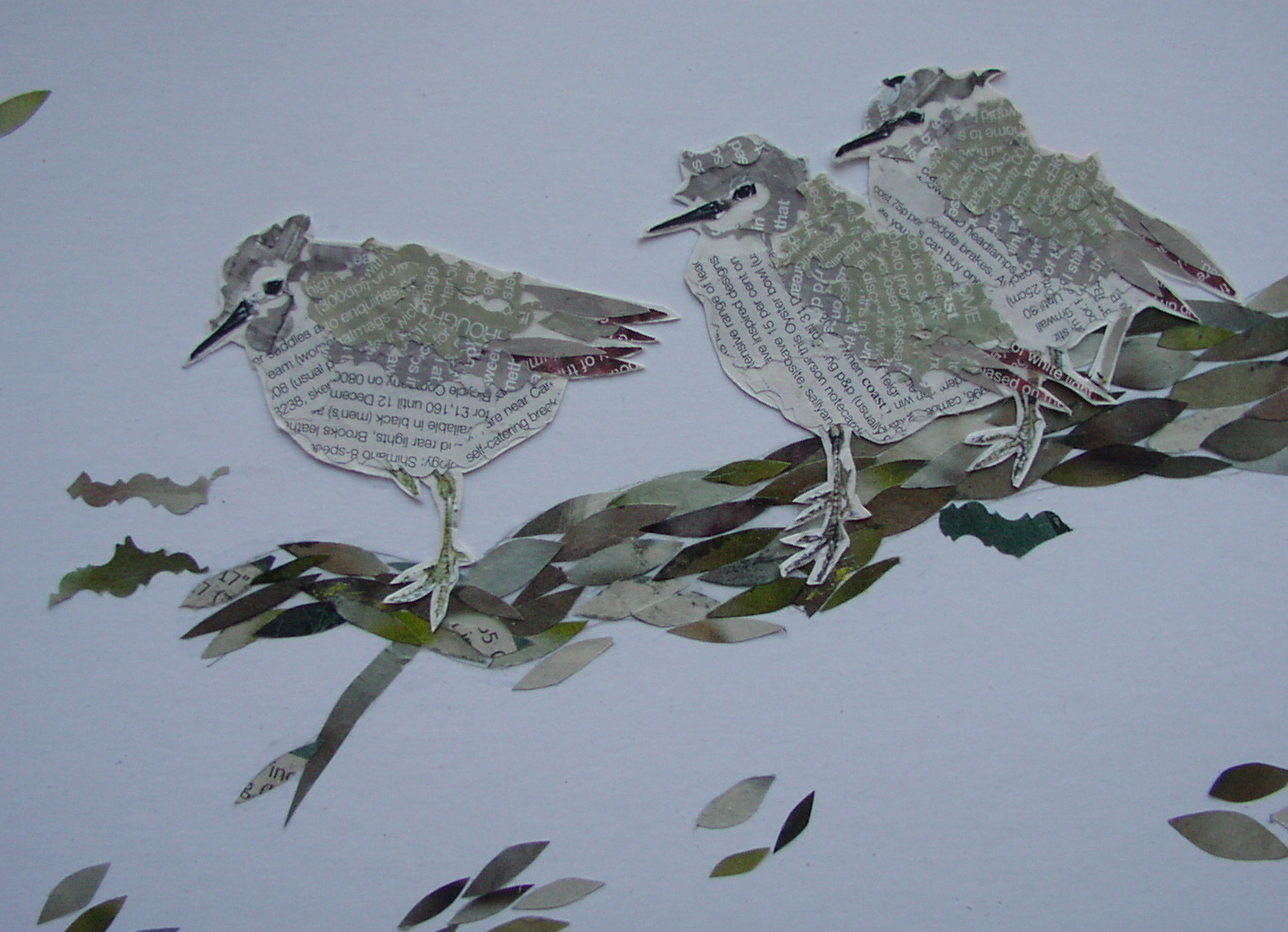 There are few places or times more enticing to me than a coastal area soon after dawn. Through much of her artwork, Carolyn Stubbs evokes this setting with heart-aching grace.
There are few places or times more enticing to me than a coastal area soon after dawn. Through much of her artwork, Carolyn Stubbs evokes this setting with heart-aching grace.
Part of it comes from her subject matter – many of which are wading birds the like of which frequent southern England shorelines. It’s clear that Carolyn’s love of these areas drives much of her work, as does her ardent ecological stance.
“I think that giving a visual focus to the plight our planet shifts perceptions in a fresh way so that people may begin to take notice,” she comments. “We are overwhelmed with communication at so many different levels – there is only so much we can absorb at any one given time. Looking at imagery can open us up to more soulful thinking, hopefully touching our hearts.”
Despite a life-long love of art, it took Carolyn a while to come to it professionally. “At school, art and English were my best subjects and my teachers actively encouraged me to have a career in the arts. However, I wasn’t supported in this by my family and reluctantly opted for a career in nursing,” she says. “All through that, however, I spent my spare time painting and drawing.”
It took a near-death experience to remind Carolyn to take control of her life fully, however. “It wasn’t until I contracted Tuberculosis from a patient, and almost didn’t survive, that I decided to prioritise my life and do what I’d always wanted to do – art!”
Carolyn has since gained a degree in Art & Visual Culture (BA Hons) and an HNC in Graphic Design. “These were taken when I was a mature student. It was a great experience, collaborating with others of all ages and backgrounds.”
Carolyn finds inspiration in the natural world, especially “vulnerable species such as delicate birds, our fragile eco system but also people, cars (I have a rusting project on the go!) and places that many are unaware of – particularly wildernesses, and broken parts that were once whole.”
In order to do her subjects justice, Carolyn devised a new form of artwork, which she calls sculpted paper.
“When I was doing my HNC Graphic Design course, there was a call for the students in my course to enter our work in a ‘Designs on Nature’ competition,” Carolyn remembers. “The brief was to design a range of stationery that had a theme to it. I decided to try creating a couple of hens in a different way. I tried the collage technique but wasn’t pleased with the result. I experimented with cutting out paper finely to fill the image I’d drawn. It worked!”
Carolyn received an award for her entry. Following her success, Carolyn refined the technique by using a scalpel to cut carve out very fine segments and layering them up to gradually build an almost 3D image, which she then coats in protective artists’ varnish.
“With the sculpted paper I aim to reflect the birds’ fragility and vulnerability,” she explains.
I also find myself drawn to Carolyn’s photography, particularly her ‘mudscapes’.
“For me, photography goes hand in hand with my other work,” she says. “Photography captures moments in time that a painting couldn’t. It’s the immediacy of the picture, the fact that this image will never be seen again. I’m concentrating on our unique world, bringing awareness of the incredible diversity and qualities of our landscapes that are often ignored, or forgotten, like the mud of the Severn Estuary.”
I find the imagery unexpectedly serene and contemplative – ideal for hanging on the wall of a writing room!
Find out more about Carolyn’s work at www.carolynstubbs.co.uk.
Are you an artist or do you know an artist who would like to be showcased on SkyLightRain.com? Get in touch at judydarley (at) iCloud.com. I’m also happy to receive reviews of books, exhibitions, theatre and film. To submit or suggest a review, please send an email to judydarley (at) iCloud.com.

